The whitepaper doesn't mention any specific supply cap, and actually the distribution parameters it suggests are very different from the actual parameters implemented in Bitcoin:
6. Incentive
By convention, the first transaction in a block is a special transaction that starts a new coin owned by the creator of the block. This adds an incentive for nodes to support the network, and provides a way to initially distribute coins into circulation, since there is no central authority to issue them. The steady addition of a constant of amount of new coins is analogous to gold miners expending resources to add gold to circulation. [...] Once a predetermined number of coins have entered circulation, the incentive can transition entirely to transaction fees and be completely inflation free.
I would interpret the words "steady addition of a constant of amount of new coins" as a constant mining subsidy that abruptly ends after a predetermined amount has been mined.
The announcement of the release of the first Bitcoin client by Nakamoto mentions the supply cap and parameters as we know them today:
https://www.metzdowd.com/pipermail/cryptography/2009-January/014994.html
Total circulation will be 21,000,000 coins. It'll be distributed to network nodes when they make blocks, with the amount cut in half every 4 years.
first 4 years: 10,500,000 coins
next 4 years: 5,250,000 coins
next 4 years: 2,625,000 coins
next 4 years: 1,312,500 coins etc...
And of course, you can look into the source code of Bitcoin Core or any other Bitcoin node software to verify the supply cap for yourself. See this answer.

You can get bonuses upto $100 FREE BONUS when you:
💰 Install these recommended apps:
💲 SocialGood - 100% Crypto Back on Everyday Shopping
💲 xPortal - The DeFi For The Next Billion
💲 CryptoTab Browser - Lightweight, fast, and ready to mine!
💰 Register on these recommended exchanges:
🟡 Binance🟡 Bitfinex🟡 Bitmart🟡 Bittrex🟡 Bitget
🟡 CoinEx🟡 Crypto.com🟡 Gate.io🟡 Huobi🟡 Kucoin.
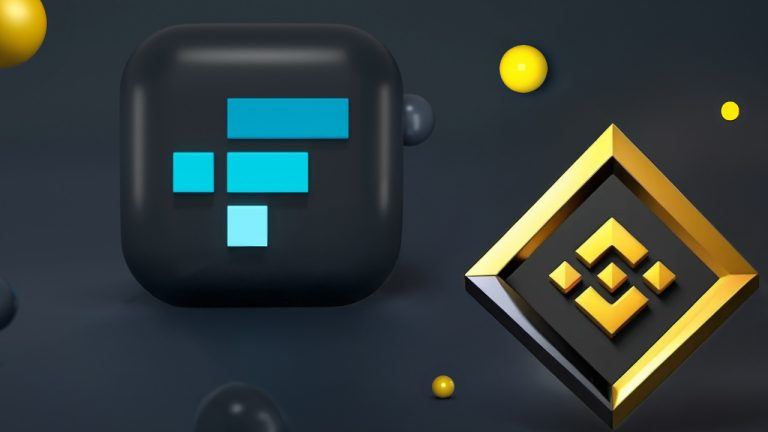
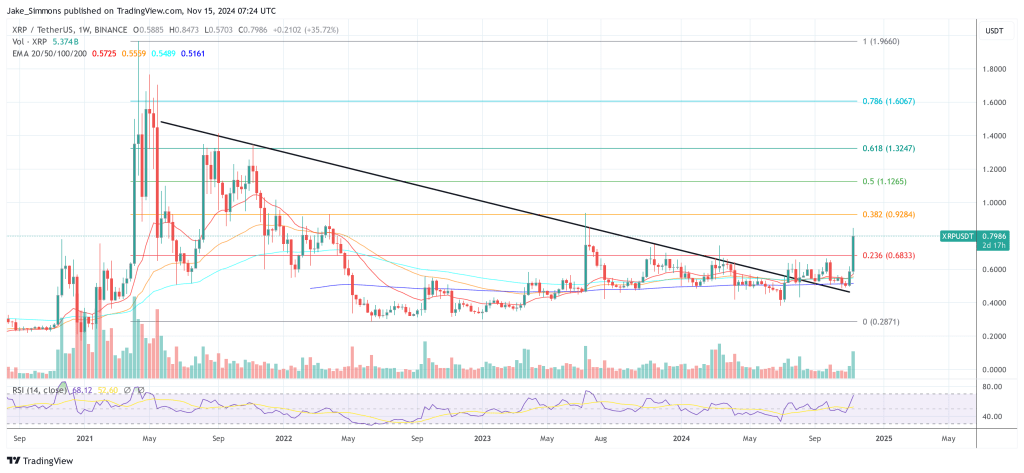








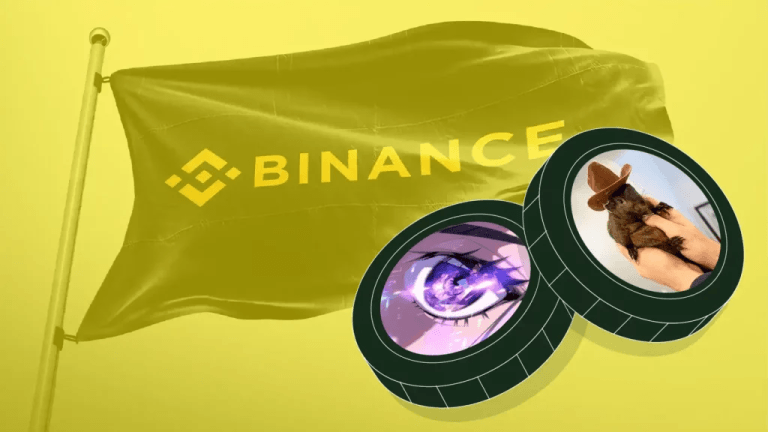
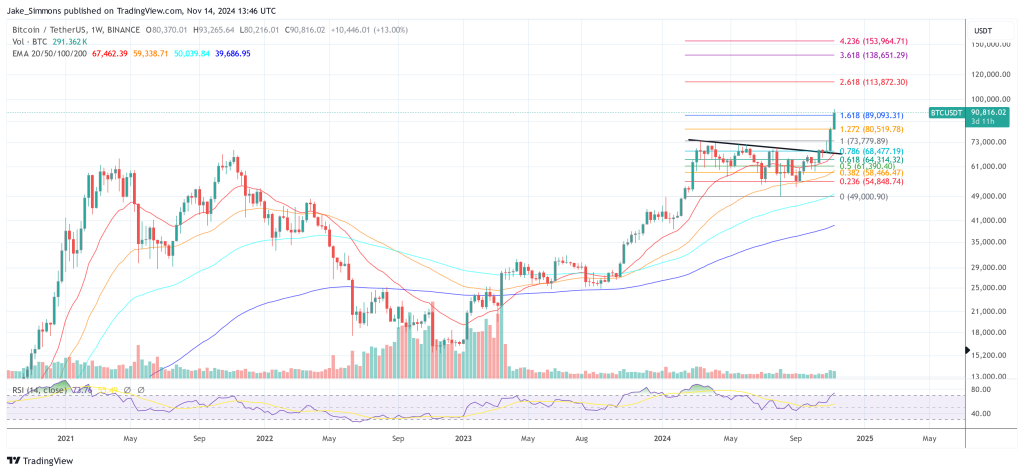




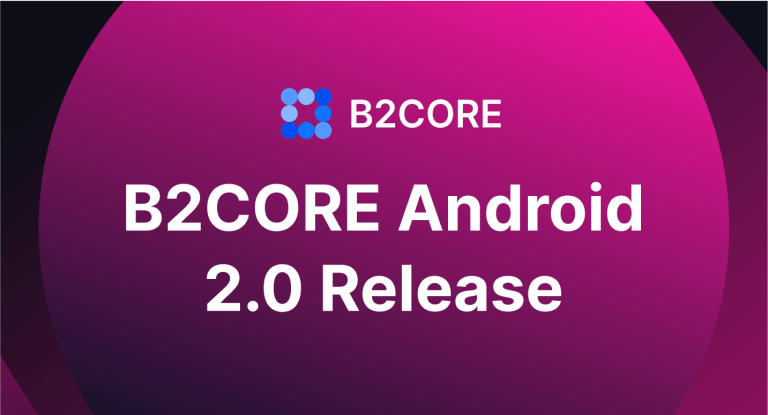
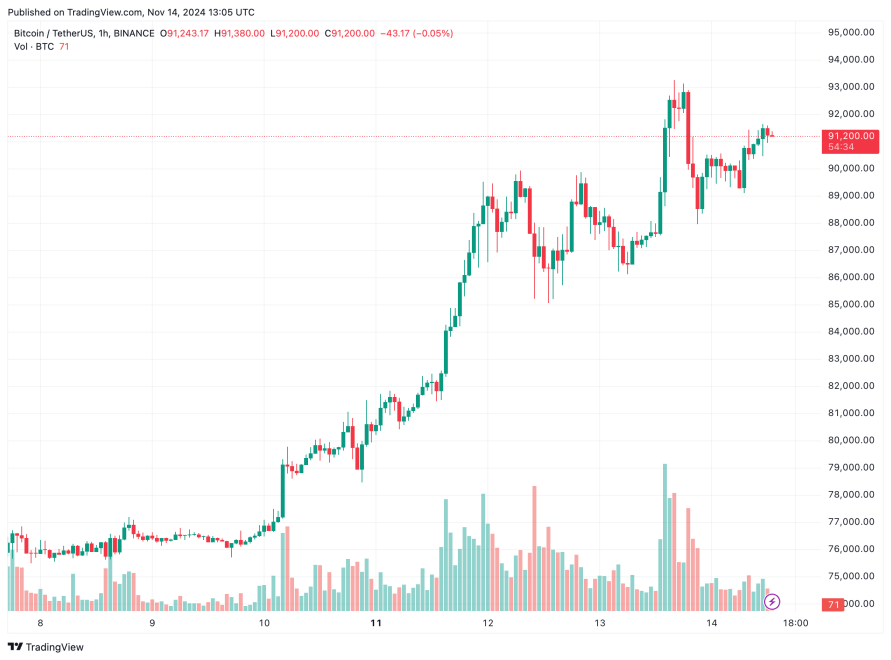


Comments